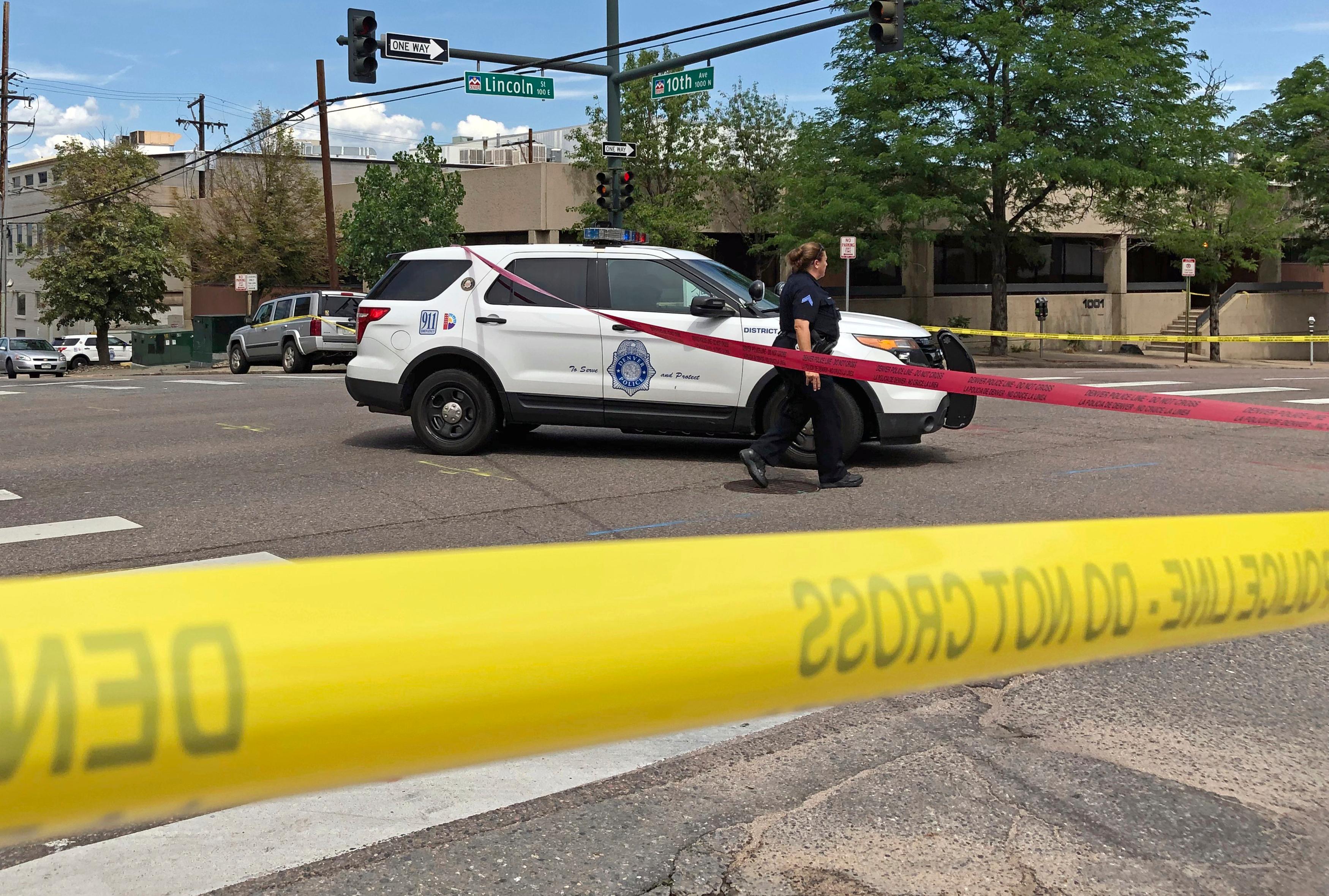
If a gunshot were to ring out in your neighborhood and nobody reported it, Denver police might still respond quickly.
That’s because the department uses what’s called “ShotSpotter,” a network of sensors that detects gunshots and alerts authorities. The system is in use in the city’s high-crime neighborhoods. But does it make people safer?
The Urban Institute, an independent research group, studied gunshot detection technology in Denver, Milwaukee and Richmond, California. Senior Research Associate Dan Lawrence said the results were mixed.
During the 2015-16 study period, violent and firearm crimes actually increased, "but along with that we found a 45 percent increase in arrests related to crimes with a firearm after this gunshot detection technology was implemented,” he said.
Denver Police Commander James Henning heads the department's investigative support division and oversees the use of ShotSpotter. He believes neighborhoods where the technology is used are safer.
“When they did this study three or four years ago we were really in kind of our infancy of utilizing this system and then how we integrate it with other technologies and investigative techniques,” Henning said. “And we’re really refining those methods now so the advantages of having ShotSpotter are, in a lot of ways, immeasurable.”
He pointed to instances where officers are the first on the scene after a shooting.
"We do fairly regularly show up and find victims that have been shot and no one has called 911 yet and we get there first and we can get them medical attention," Henning said.
ShotSpotter can also help link gunfire to suspects and to other crimes. One method is to trace shell casings found at crime scenes or places where the remote network detected gunshots. The National Integrated Ballistic Information Network (NIBIN) can then link the casings to guns used in other crimes. The accuracy of the system’s sensors give officers a very accurate search area to find those casings.
The study also found cost savings from the sensor network. For every dollar spent on shot-detection technology in Denver, there was roughly a $1.89 to $8.27 return on investment to society, including savings in the criminal justice system and for victims and their families.
However those benefits don't come from the alert system alone. The study found that the technology is most effective in reducing crime when it is used to complement other policing practices.
"The more important aspect is what they do afterwards, how they investigate it," Lawrence said.
"The gunshot detection technology informs the department (that) shootings are occurring and where they're occurring and gets officers to the scene much faster, but then taking information learned through canvasses of the shooting area, interviews with community members or collection of evidence such as shell casings is what's really important."
The complete study can be viewed here.









